New additions to the RSC Chemical Biology Advisory Board!
We are delighted to welcome Professors Lei Liu & Guifang Jia, and Dr Chudi Ndubaku to the RSC Chemical Biology Advisory Board! They join 19 other prominent researchers in the chemical biology field.
Explore the current Advisory Board line-up below. For more information on the Editorial Board, visit rsc.li/rsc-chembio.
 |
Dr Chudi Ndubaku, ORIC Pharmaceuticals, USA
Dr Ndubaku is the Vice President for Drug Discovery at ORIC Pharmaceuticals. |
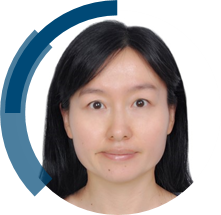 |
Professor Guifang Jia, Peking University, China
Professor Jia’s research focuses on the functions of RNA modifications in regulation of human diseases and plant development. |
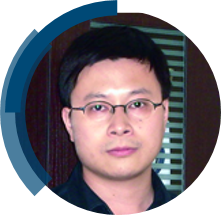 |
Professor Lei Liu, Tsinghua University, China
Research in the Lei group focuses on chemical protein synthesis and its applications to biomedical studies. |
 |
Professor Paul Dyson, EPFL, Switzerland
The research in Professor Dyson’s lab centres on organometallic chemistry at the interface with medicine, catalysis and material science. |
 |
Professor Luc Brunsveld, TU Eindhoven, Netherlands
Professor Brunsveld’s research interests are focused on chemical biology approaches studying protein-protein interactions, particularly drug discovery and supramolecular signalling systems. |
 |
Professor Peng Chen, Peking University, China
Professor Chen’s research focus is to develop novel technologies for protein manipulation in living cells, including protein-based bioorthoganol chemistry and precise protein engineering. |
 |
Professor Donald Hilvert, ETH Zurich, Switzerland
The group of Professor Hilvert are using chemical biology tools to understand and engineer proteins for various applications. |
 |
Professor May Khanna, University of Arizona, USA
The work of Professor Khanna’s lab looks to combine biochemical and biophysical techniques to target key protein-protein and protein-RNA interactions in neurodegenerative disease. |
 |
Professor Hermen Overkleeft, Leiden University, Netherlands
The research of the Overkleeft lab is characterized by the design, synthesis and application of chemical probes in glycobiology and immunology. |
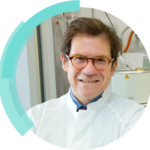 |
Professor Giulio Superti-Furga, CeMM, Austria
The Superti-Furga laboratory addresses the mechanisms by which cells respond to challenges that perturb homeostasis, and how homeostasis can subsequently be restored. |
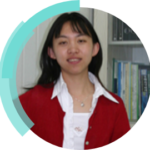 |
Professor Xiu-Jie Wang, Chinese Academy of Sciences, China
Professor Wang’s research interests include developing computational methods to analyze biological data, identifying new non-coding regulatory RNA genes and studying the functions of non-coding RNAs. |
 |
Professor Christopher Chang, University of California Berkeley, USA
Professor Chang’s research interests include transition metal signaling, activity-based sensing and artificial photosynthesis. |
 |
Professor Russell Cox, Leibniz University Hannover, Germany
The Cox group is interested in understanding and engineering the biosynthesis of natural products by fungi. |
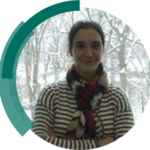 |
Professor Dorothea Fiedler, FMP Berlin, Germany
The goal of the Fiedler lab is to develop new chemical and biochemical tools that will provide a mechanistic picture of inositol phosphate signaling. |
 |
Professor Christian Hackenberger, FMP Berlin, Germany
The research projects of Professor Hackenberger’s group focus on understanding how nature generates specific biological function in complex cellular environments. |
 |
Professor Maja Köhn, University of Freiburg, Germany
Professor Köhn’s group explores integrative signaling research on phosphatase chemistry and biology. |
 |
Professor Yamuna Krishnan, University of Chicago, USA
Work in Professor Krishnan’s lab aims to build quantitative chemical maps of organelle lumens using the tools of bionanotechnology. |
 |
Professor Elizabeth Nolan, Massachusetts Institute of Technology, USA
Professor Nolan and her team investigate the chemistry and biology of small molecules, peptides, and proteins that participate in the human innate immune response and host/pathogen interaction. |
 |
Professor Jennifer Prescher, University of California Irvine, USA
The research in Professor Prescher’s lab has the aim of crafting novel chemical probes and noninvasive imaging technologies to interrogate cells in their native habitats. |
 |
Professor Christopher Schofield, University of Oxford, UK
Professor Schofield aims to define functions for all human ‘2OG oxygenases’ at biochemical, cellular, and physiological level. |
 |
Professor Pamela Silver, Harvard Medical School, USA
Professor Silver’s research interests include cell programming, therapeutic design, and environment & pathogen sensing. |
 |
Professor Kira Weissman, University of Lorraine, France
Professor Weissman is expert in multiple aspects of the biosynthesis of polyketides and related secondary metabolites. |

